
views
Selecting Your Workouts

Consult your doctor. As with any major lifestyle change, it is important to consult your doctor before beginning an exercise regimen. Your doctor can provide guidance as to which exercises to try, how often to workout, and what signs of overexertion to watch out for.
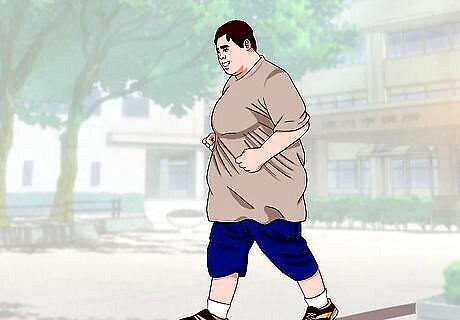
Start walking. Walking is excellent place to begin your fitness journey. It can be done almost anywhere with little equipment (just shoes), and it can vary widely in length and intensity. Begin by walking just 15 to 20 minutes a day. After a week or two, increase this length to 30 minutes. You can continue adding length to your walks as you get comfortable. You can increase the intensity by hiking on trails or taking routes with more hills. Consider purchasing a good pair of walking shoes. You may want to use a pedometer, fitness tracker, or smartphone app to track distances.
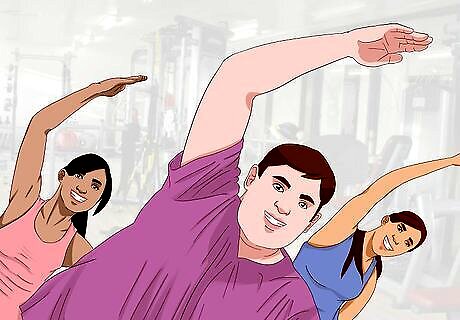
Look into group classes. There are a wide variety of group exercise classes, spanning both cardio classes (such as zumba or step aerobics) or more strength-focused classes (sometimes called “butts and guts” or “core.”) These classes, usually found at local gyms and fitness centers, can be fun and motivating. Look for classes that are considered beginner level. Consider going to speak to the instructor ahead of time to explain that you are just starting out. They can offer you modifications and/or extra assistance.

Try yoga. Another gentle way to start moving is to try your hand at yoga. Yoga can help to gently stretch and strengthen your muscles, while improving your posture as well. Look for a yoga studio in your area, and seek out beginner-level classes. Also, yoga classes titled “therapeutic,” “yin yoga,” or “restorative” will focus more on releasing tight muscles, while classes called “vinyasa” or “hatha” tend to be more vigorous. Once again, consider speaking to the instructor ahead of time. They will usually be happy to help accommodate you.
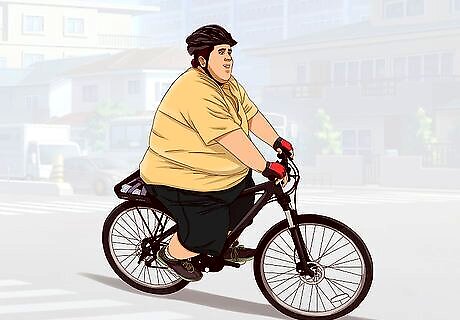
Ride a bike. Bike riding is a fun, low-impact way to burn calories and improve your cardiovascular ability. Plus, just like walking, it is easy to start small and build up. Seek out bike trails in your area or hit the streets!

Try water aerobics. Water aerobics is another great place to start because it provides an excellent workout while minimizing impact on the joints. Water aerobics is just what it sounds like: dancing and doing other calisthenic movements while partially submerged in water (or wearing a floatation belt). Look for water aerobics classes in your area.
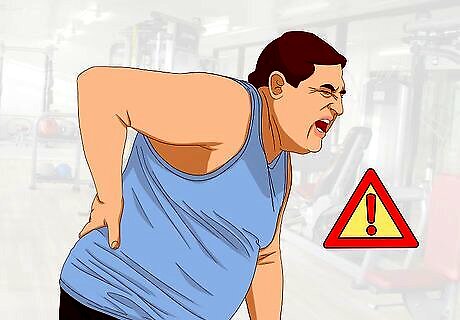
Recognize signs of overexertion. Anytime you workout, you must take care not to overdo it. Your heart rate should rise and you should sweat, but chest pains or dizziness could be a sign that you're in danger. If you experience the following symptoms, stop exercising and possibly seek medical attention: Vomiting. Severe dizziness. Severe pain. Chest pain or heart pounding that doesn’t cease.
Gathering Resources
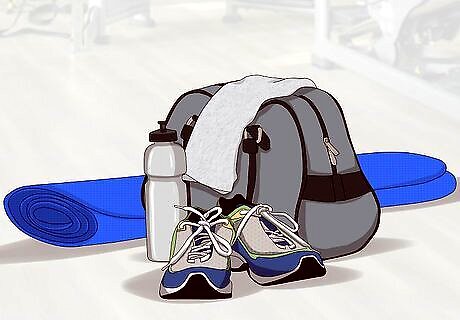
Acquire equipment. You are much more likely to workout if you feel good while doing so. This means having some workout clothes that you feel comfortable wearing and a good pair of workout shoes. If you plan on doing a lot of mat work (such as yoga or core training on the floor), you may also want to invest in your own mat. Finally, don’t forget to carry a water bottle with you to stay hydrated! Purchase some flattering workout clothes at your local big box or department store. Visit a shoe store and consult with a rep about the best shoes for your needs.

Use a personal trainer. There is really no better way to get into shape than working with a personal trainer. A personal trainer will assess your fitness level and tailor a workout plan to meet your needs. They will also stay with you while you workout, providing encouragement and feedback. Personal training services can vary widely in terms of price. Look for affordable options in your area.

Research gyms and/or classes in your area. If you are interested doing some strength training, group fitness classes, or yoga classes you will need to find local gyms or studios that can accommodate you. Perform a basic internet search for gyms in your area. Visit the websites of various gyms to check prices and see what they offer. If you are looking for a specific class (such as yoga or water aerobics), search specifically for this. Trying something new, like yoga, is always safest in the presence of an instructor. Beware of gyms that force you into binding contracts. You will want to try different gyms/studios before committing to one for a whole year (or more). Many gyms/studios will allow you to try a class for free.

Create a schedule. Maintaining a consistent, long-term fitness routine is the path toward greater health. You can help cement this change by creating a workout schedule for yourself and sticking to it. Pencil your workouts into your schedule just like you would any other appointment or meeting. Even if your workout is just going for a walk around the block, put it on your schedule and protect this time for yourself.
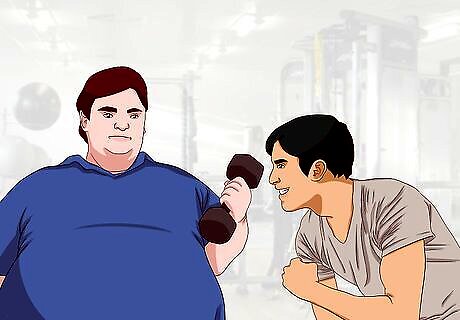
Seek support. When you have support, you are far more likely to stay on track with your fitness routine. Try to find a fitness buddy who wants to embark on this journey with you. Another option is to find support through online forums. Social media sites like Mamavation (for mothers), twit2fit, Bookieboo, and many others offer opportunities to connect with people seeking similar goals.
Cultivating a Positive Mindset

Start from a place of self-compassion. It may seem counterintuitive, but before you even begin your fitness routine, cut yourself some slack. If you start your fitness routine from a place of guilt, you are more likely to fail. So instead of beating yourself up, start from a place of self-compassion. Every time you show up for a workout (even just walking for 15 minutes) be grateful and proud of yourself for taking baby steps toward change. If you make a mistake or skip a day, don’t sweat it. Just try to start again.
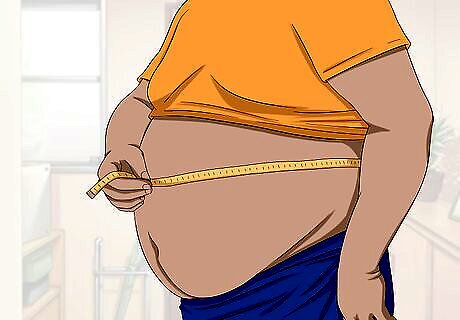
Avoid focusing on immediate results. Perhaps you are embarking on this fitness journey because you want to change the way you look. However, focusing on your clothing size, weight, or reflection are short-term, temporary motivators. Instead, focus on creating a lifestyle change that will bring you better health in the long-term. Avoid weighing or measuring for the first few weeks. Instead, try to focus only on how you feel. It may help to keep a health/exercise log. Each day, write down what activity you did. Also, write down how you slept, your mood, and how you felt physically.
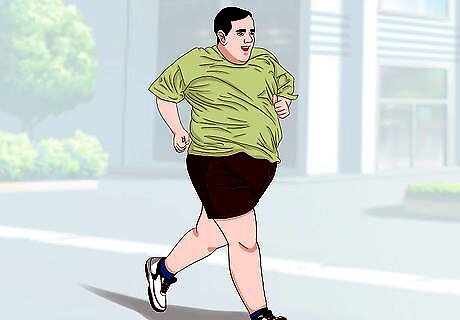
Value consistency over intensity. Doing easy-to-moderate exercise every day will bring better, longer-lasting results that doing high-intensity exercise once in a while. Start a fitness routine that is easy enough for you to stick to! Establish fitness as part of your daily life. Eventually, you can push yourself harder to reach your goals, but for now, just work on getting into the groove.



















Comments
0 comment